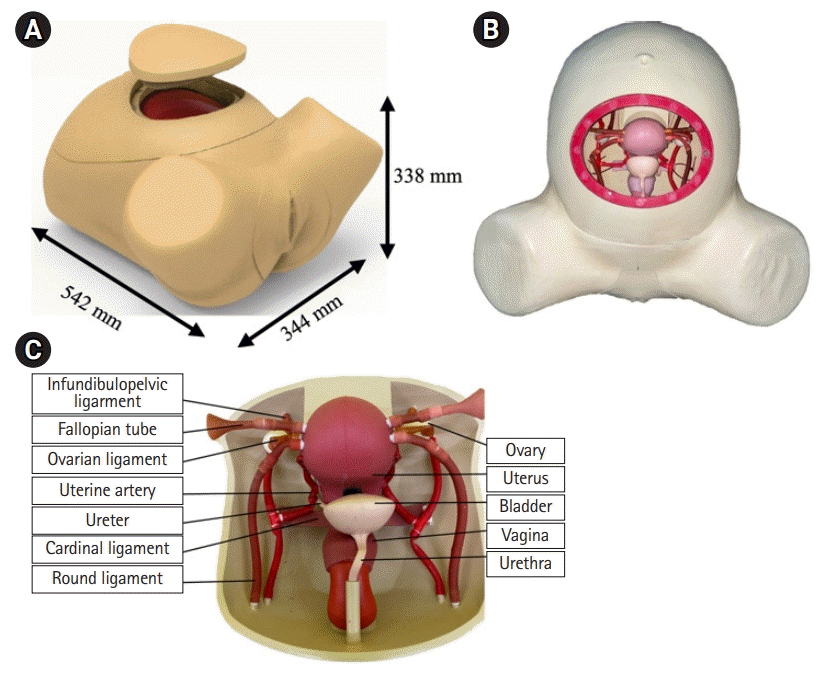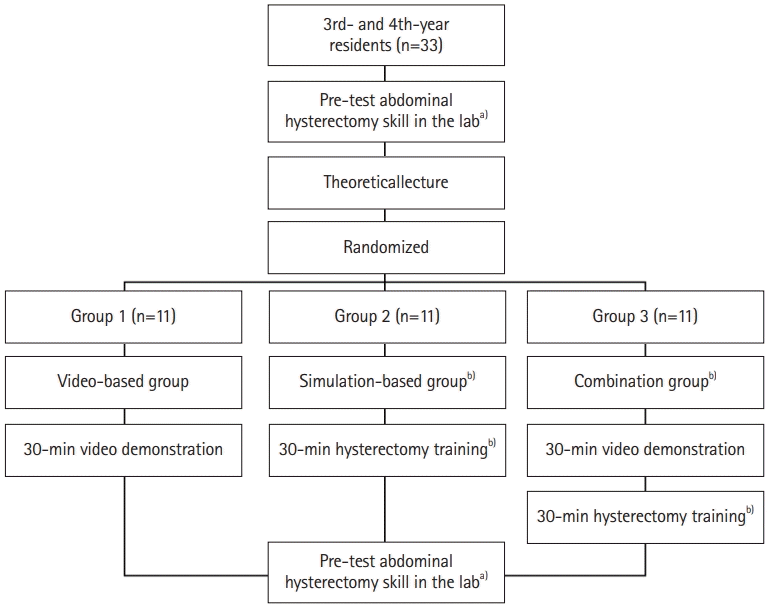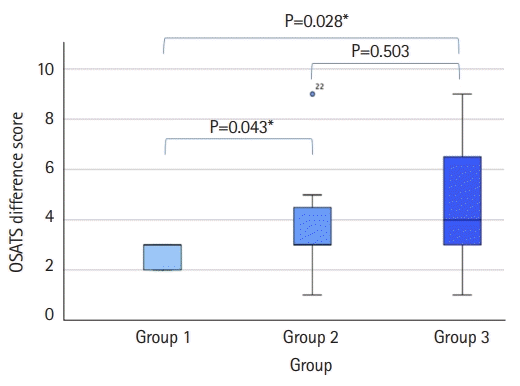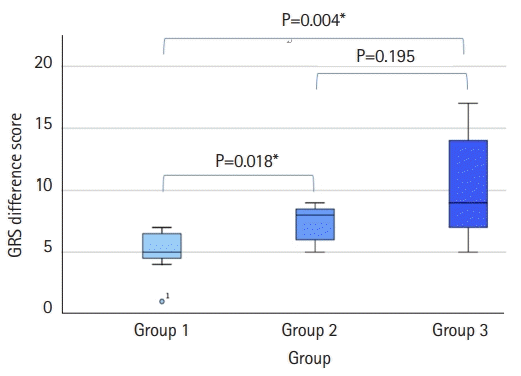Abstract
Purpose
Methods
Results
Notes
Authors’ contributions
Conceptualization: DDS, BAT, EMK, BU. Data curation: DDS, BAT, EMK. Methodology/formal analysis/validation: DDS, BAT, EMK, BU, DK. Funding acquisition: EMK. Project administration: DDS. Visualization: DDS, BAT, EMK, DK. Writing–original draft: DDS, BAT, EMK, BU. Writing–review & editing: DDS, BAT, EMK, BU, DK.
Funding
This research was funded by the Faculty of Medicine, Universitas Airlangga, Surabaya, Indonesia (658/UN3.14/PT/2021).
Data availability
Data files are available from Harvard Dataverse: https://doi.org/10.7910/DVN/QVMTNM
Dataset 1. Raw data of participant characteristic.
Dataset 2. Raw data of participant Objective Structured Assessment of Technical Skills (OSATS) scores before and after the educational intervention.
Dataset 3. Raw data of participant Global Rating Scale (GRS) scores before and after the educational intervention.
Dataset 4. Summary data for the data analysis, including year level, group, pre- and post-scores for the Objective Structured Assessment of Technical Skills (OSATS), and pre- and post-scores for the Global Rating Scale (GRS).
Supplementary materials
References
Fig. 1.

Fig. 2.

Fig. 3.

Fig. 4.

Table 1.
Table 2.
Table 3.
| No. of items | Cronbach’s α | Correlation coefficient | Interpretation |
|---|---|---|---|
| 11 | 0.719 | 0.6319 | Reliable |
Table 4.
Table 5.
| No. of items | Cronbach’s α | Correlation coefficient | Interpretation |
|---|---|---|---|
| 7 | 0.884 | 0.6319 | Reliable |




 PDF
PDF Citation
Citation Print
Print




 XML Download
XML Download